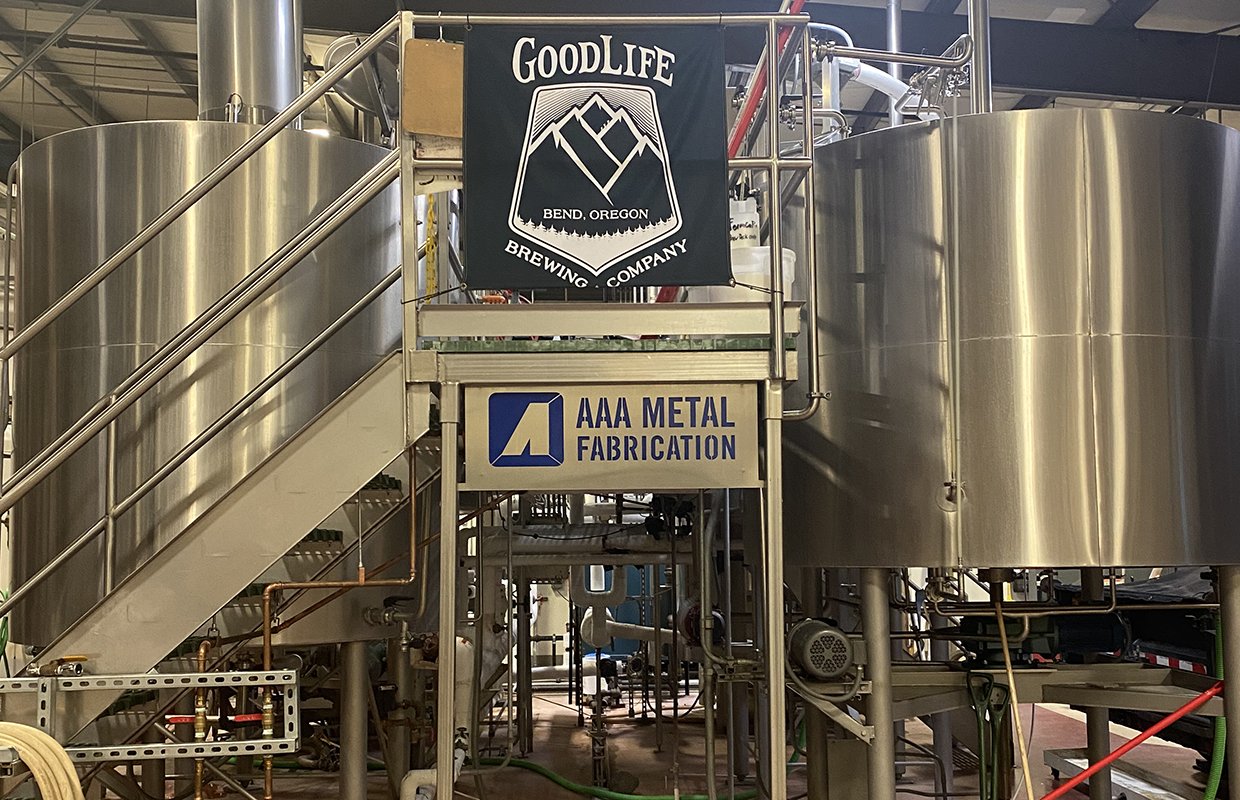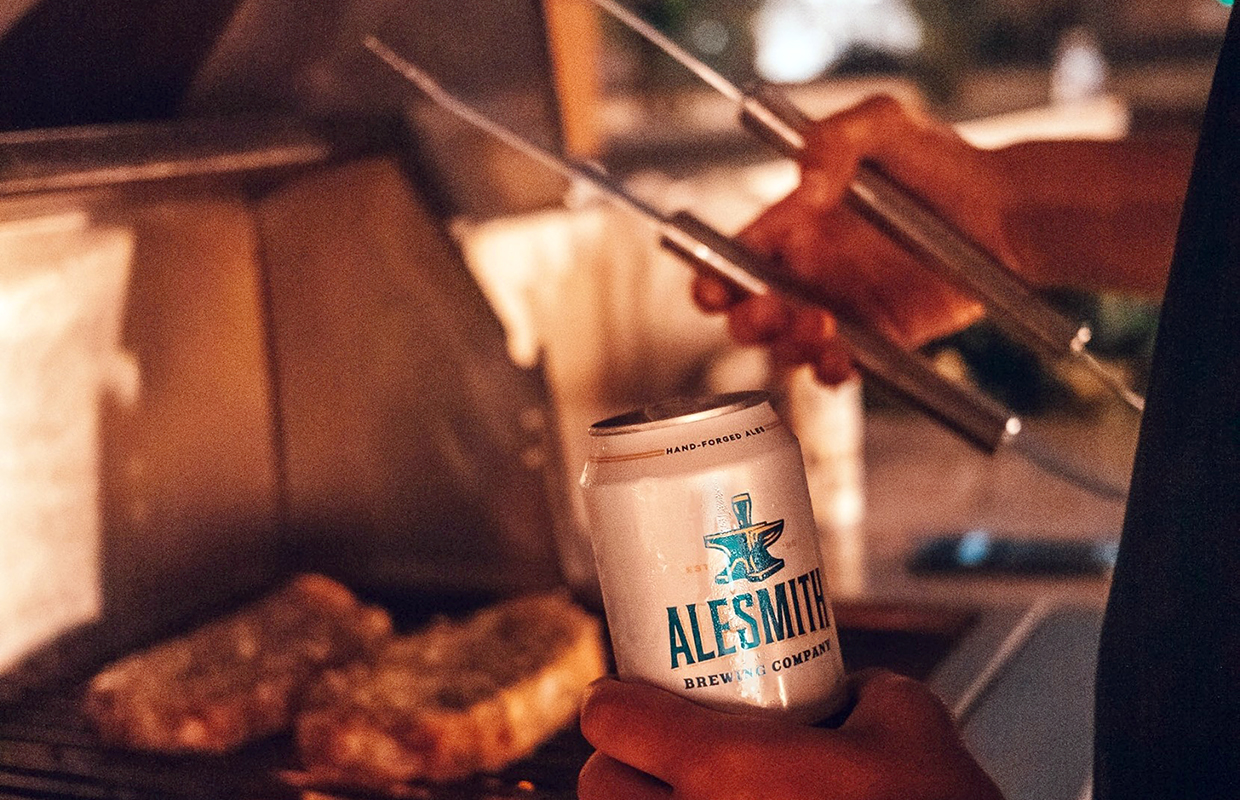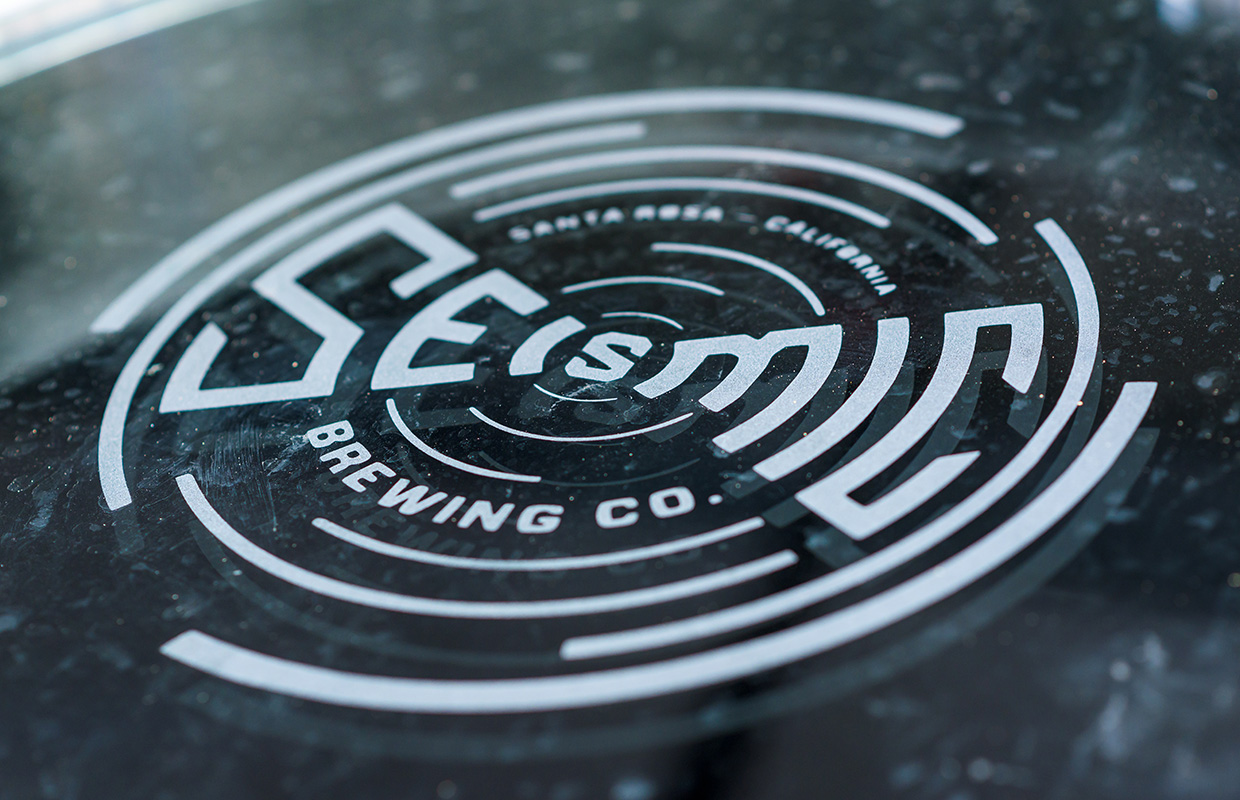
Andrew Caramagno, the Head Brewer for GoodLife Brewing shared some SOPs from the Bend, Oregon brewery recently for a story about yeast propagation techniques and we appreciated the details he shared and wanted to pass that along to you to get insights from.
“Everyone has their own methods,” Caramagno said, but he noted that they shoot for a “keep it simple” approach and consistency in their methods.
Here is a breakdown of tips for three varieties of yeast the brand uses in-house:
- Ale: Our workhorse house ale yeast is what we use for about 90% of all our production. We buy about four 5-liter pitches a year, heavily relying on harvesting for a maximum of 20 generations per initial pitch. To start a prop off, we will peel 4-5 barrels of heavily aerated wort (15L/minute) from our low BU Pacific Ale into our seven-barrel fermenter. We then add our 5L prop and set the glycol controller to the diacetyl rest temperature. We start at this higher temperature to encourage faster cell growth as we are solely focused on growing biomass. After 1-2 days we will then push this entire prop into a 60-barrel batch of Pacific Ale. This donor tank will then be harvested, as needed, between days 4-8 for all of our ales in production. For this yeast, we will pitch at a rate of 2-4 pounds per barrel depending on strength of wort. We have found that we have sufficient cell mass with enough viability/vitality week-to-week in order to reliably pitch by weight.
- Lager: Our lager strain follows the exact same process as our Ale with some slight differences. We will pitch 10L instead of five and allow the prop to ferment for 3-5 days before pitching to 30-60 barrels of Lager. We will harvest yeast as needed at a rate of four pounds per barrel for a direct pitch. This harvest will usually take place in the middle of the lagering step. Five to 10 generations are about normal for us before starting a new prop.
- Hazy: Our hazy strain starts with our 15-barrel prop tank. We add a 10L pitch, 5-7 BBLs of low BU wort aerated with 20 L/min of oxygen, and then pitched the following day or in some cases the second day to a 60-90 barrel tank fill. Since we start dry hopping our hazies starting at Day 2 when terminal gravity is not yet reached, the yeast never has time to settle and form a harvestable bed. So, we will actually harvest 300-500 pounds of high krausen beer which we will then pitch to 5 BBLs of fresh wort thus creating our next generation of pitchable prop.
“All in all, we know that everyone has their own unique ways of maintaining a well-managed cellar and may have a completely different approach,” Caramagno said, “this is just how we do it.
“As long as processes are kept consistent and quality control standards are met, then one could approach this in many different ways with great results.”






Be the first to comment